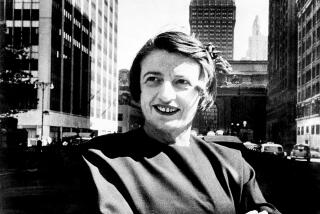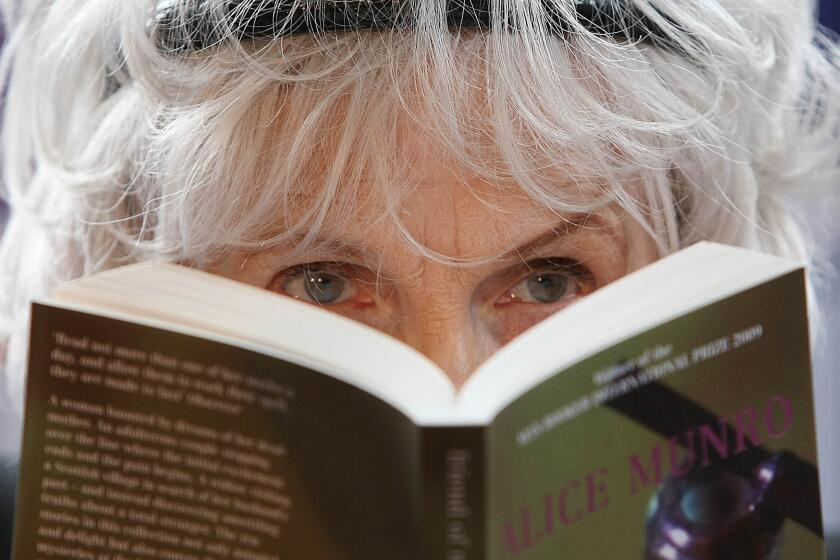And in the Other Texas. ....
Roland Hinojosa’s writings have put him in the forefront of contemporary Chicano narrative. He was the first Chicano to be awarded the prestigious Casa de las Americas international literary award (in 1976, for his novel “Klail city y sus alrededores”). Writing in Spanish (though most of his works have been translated to English), he has created in his “Klail City Death Trip” series a fictional Chicano community in the Rio Grande Valley. “Claros Varones de Belken/Fair Gentlemen of Belken County,” originally published in Spanish in 1981 by Justa Publications, Berkeley, Calif., is the fourth volume in this series. In this edition, Bilingual Review Press presents the text in a bilingual, facing-page edition, with English translation by Julia Cruz.
In the first pages, Hinojosa sets the logic and tone of his unconventional novel by giving voice to the dead ancestors of the people of Belken County. We hear voices that bridge the past to the present: “So, they want to deport us? Where to? See here, go out to those cemeteries on this side of the river. Sure, let those guys in uniform go see who was here first, before anyone else (Teofilo Barrera 1880-1950).” And “If they also take away or if we lose or sell our language, then there will be no remission. The day Spanish dies, this will no longer be the Valley (Jesus Buenrostro 1887-1946).”
In a beautiful, witty verbal tapestry, Hinojosa captures the intra-history of the collective experience of the Chicano. He fills the pages of his chronicle with the sights, sounds, smells, words, ironies, sympathies and tragedies of the lives of his many characters. Four characters unify the fragmented story: Rafe Buenrostro, Esteban Echevaria, Jehu Malacara and P. Galindo.
Rafe leaves the valley to attend the university in Austin, graduates, goes to Korea and returns to Belken County to teach high school. Esteban, the oral historian of Klail City, grows weaker, but his memory remains sharp, and he continues to tell Rafe about the Valley’s past. Jehu becomes involved with the Baptist church and serves as an itinerant missionary, but his career is interrupted by the Korean War. P. Galindo, a wanderer, truck driver, farm hand and writer continues to share his observations on the people of Belken County. The novel ends with Esteban Echevaria’s lament on the changing times and how progress has affected life in the Rio Grande Valley.
The scores of names and multiple narrators at first pose a challenge, but quickly the imagery, language and subtle folk humor of Belken County win the reader’s favor.
In 1975, Ron Arias’ “The Wetback” won first prize in the Chicano Literary Prize, UC Irvine. Since then, his work has become steadily more important. His skillful and imaginative novel, “The Road to Tamazunchale,” originally published in 1975 by West Coast Poetry Review, was nominated for the National Book Award. Bilingual Review Press offers this new edition of that work as part of its Chicano Classics series, a distinction that the novel certainly merits for its magical realist imagination, its precise crisp prose, its relationship to the “new reality” of Spanish American fiction and its compassionate treatment of death, its central theme.
Fausto Tejada, the central character of Arias’ story, is a retired bookseller and collector who is dying. Fausto has lived with his niece Carmela in a small house in a Chicano barrio in Los Angeles. For six years, since his retirement, Fausto’s existence has been one of death in life. Finally, he decides to take charge no matter what the consequences.
In a symbolic act, he literally peels his skin: “It bunched at the knuckles, above the fingernails. Carefully he pulled each fingertip; as he would a glove. The rest was simple, and soon his body lay gleaming under the fragile light of the table lamp.” This change of skin and the sound of a flute, symbolic of death, mark the beginning of Fausto’s attempt to make his last days meaningful.
He sets out on a voyage that recognizes no boundaries between past/present, death/life, art/reality or here/there. Thus he stumbles up to his bedroom in Los Angeles and arrives . . . in Cuzco, Peru, where modernity and the colonial past co-exist. The novel is Fausto’s journey through life to death. Along the way, he encounters among many other characters: Mauricio, a Peruvian shepherd herding his alpacas on . . . a busy Los Angeles freeway; Mario, a young pachuco with whom he goes on a crazy cruise in a stolen car through L.A.; and David, a dead wetback whose beautiful corpse is adopted by Mrs. Renteria, a spinster who lovingly prepares him for display.
Fausto’s adventures eventually take him onto a movie set where he is mistaken for an actor and performs in a play titled “The Road to Tamazunchale.” At the end of the novel, he dies and joins his dead wife Evangelina. His only regret: He forgot his cigarettes.
In structure and style, “The Road to Tamzunchale” is symbolic, historically referential and intertextual. The book is a reading of, among others, Jorge Luis Borges, Luis Bunuel, Julio Cortazar and Federico Fellini. Both Rolando Hinojosa and Ron Arias are writers who re-create the world in their texts. They offer to the reader a new social reality and a new vision of the American literary mosaic in which they themselves must now be recognized.
More to Read
Sign up for our Book Club newsletter
Get the latest news, events and more from the Los Angeles Times Book Club, and help us get L.A. reading and talking.
You may occasionally receive promotional content from the Los Angeles Times.






